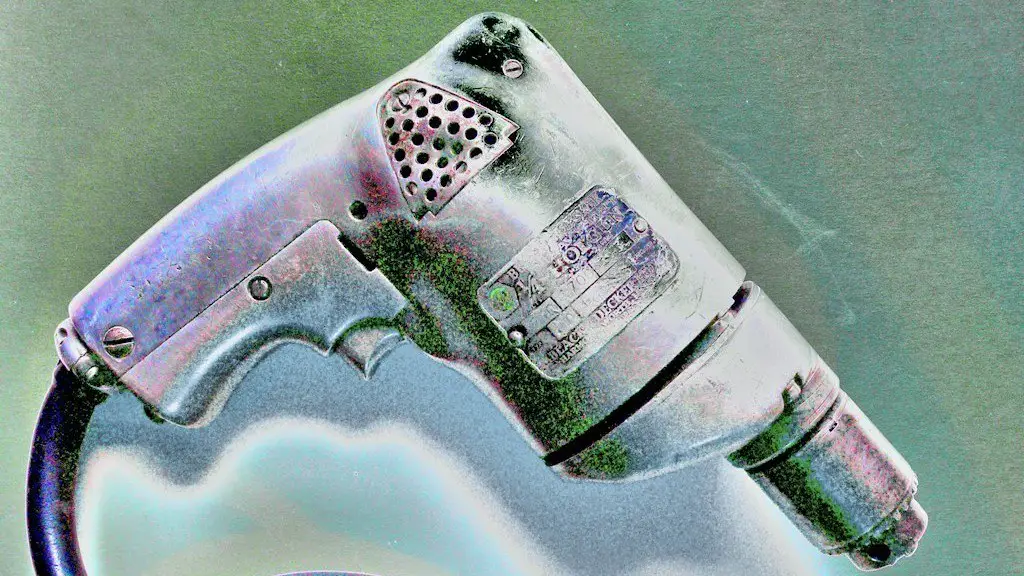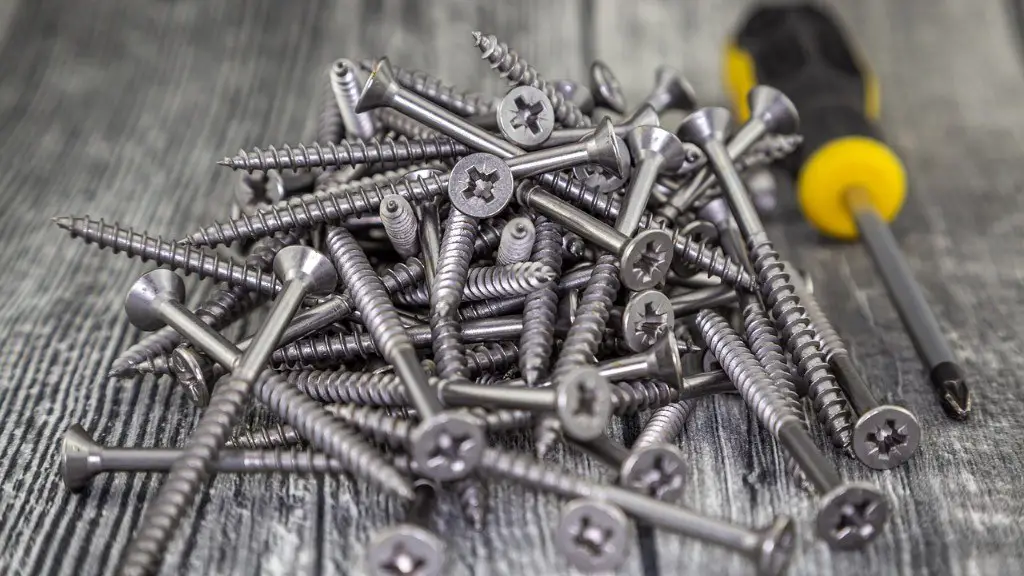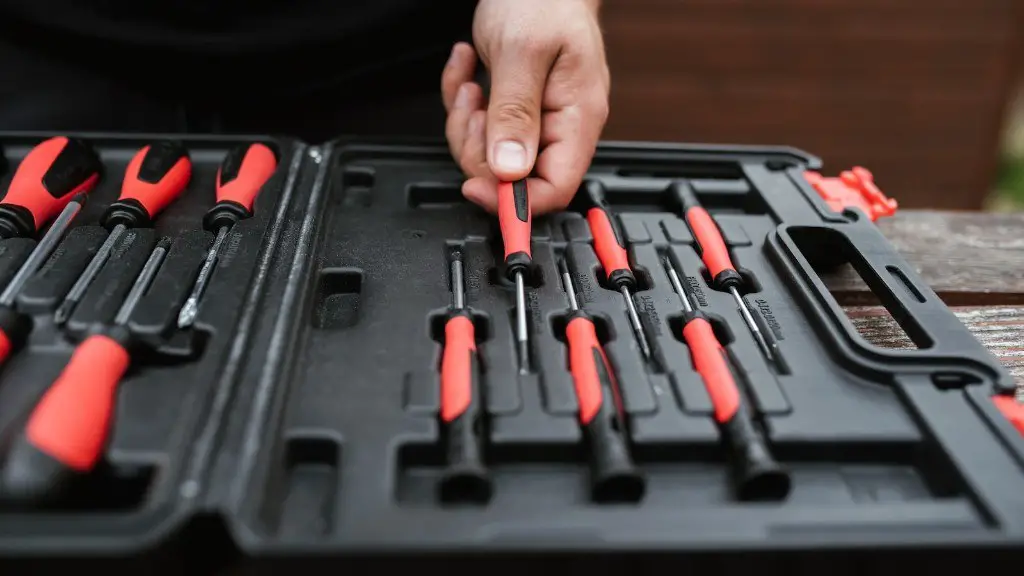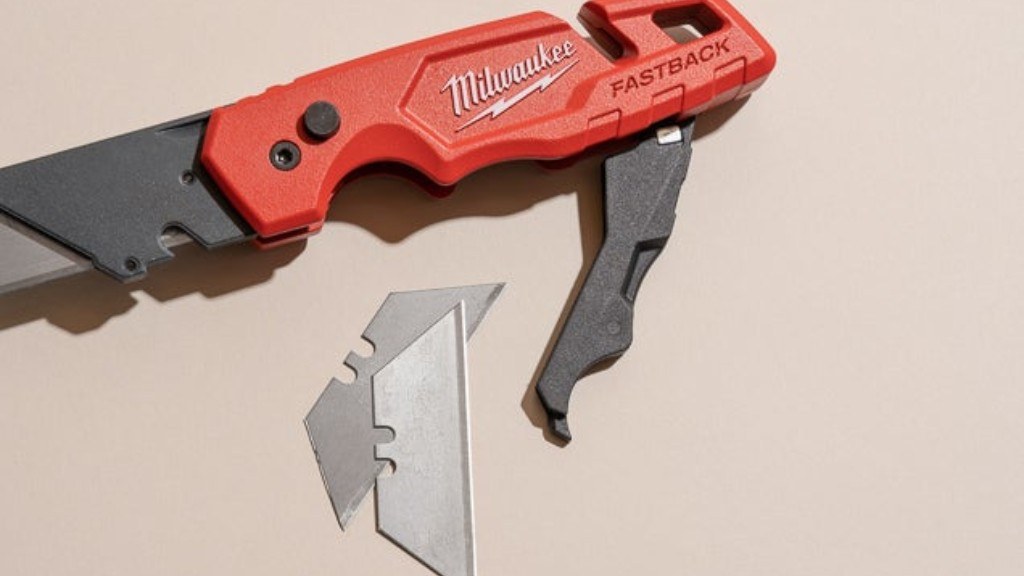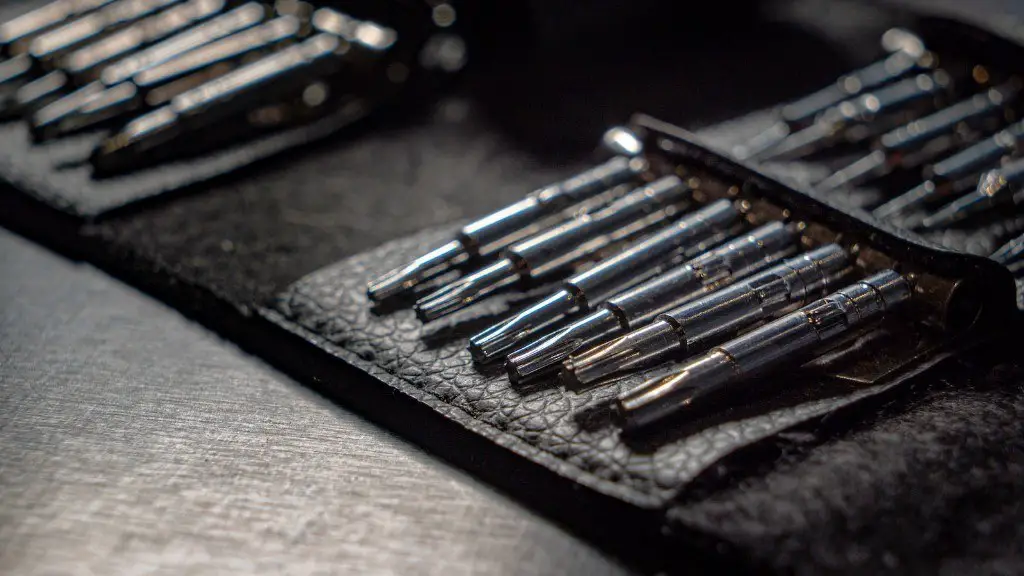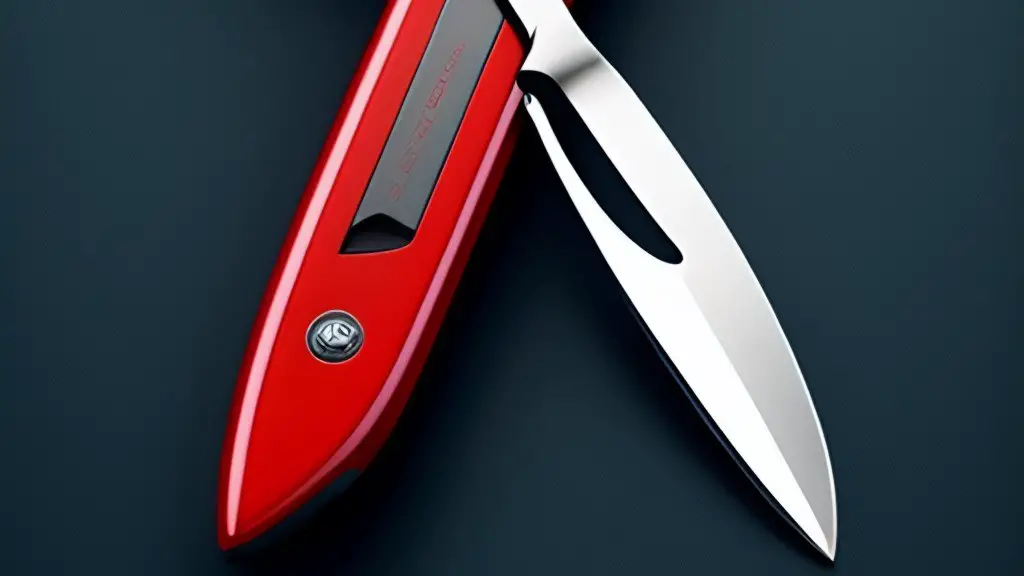A 2 speed electric drill is a versatile tool that can be used for a variety of tasks around the home. With two different speed settings, you can drill through materials quickly or at a slower pace depending on the project you are working on. Here are a few tips on how to use a 2 speed electric drill.
To use a two-speed electric drill, set the speed selector to the desired speed and then squeeze the trigger to start the drill.
What are the 2 speeds on a drill for?
The high-speed setting on your drill is great for quickly drilling holes, while the low-speed setting is better for when you need more power to drive screws into tougher materials. Keep this in mind when choosing the right setting for your next project!
The numbers 1 and 2 on top the drill indicate the speed at which the chuck will spin. 1 is a low speed with high torque, and 2 is a high speed with low/medium torque.
What are the 1 and 2 settings on a drill
There are two settings on a drill: low speed and high torque, and high speed and low torque. Low speed and high torque is ideal for driving screws into the material, while high speed and low torque is good for drilling holes.
Most common drills have a two speed setting with setting one offering low speed and setting two offering high speed. The low speed is used for starting the hole and the high speed is used for finishing the hole.
Do you drill metal at high or low speed?
When drilling through metal, it is best to use a slow speed and a drill bit specifically designed for metal. Hard metals, like steel, require an even slower speed. With a small twist bit (1/16 in to 3/16 in), most metals can be drilled through at 3,000 rpm.
The best speed for drilling wood depends on the diameter of the bit and the material drilled. Larger diameter bits require a slower speed, as do hardwoods. Drilling into softwood with a twist drill bit up to 3/8″ in diameter requires a speed of 3000 RPM, while the same bit with hardwood requires 1500 RPM.
What are the numbers on top of a drill for?
The amount of torque that a drill can apply to a fastener is determined by the numbers on the drill. The higher the number, the higher the amount of torque that can be applied. Once the torque setting is reached, the drill will stop turning/driving the fastener.
The trigger switch is used to start the drill, and the torque control is used to adjust the drilling power. The gear switch is used to change the drill speed. When drilling holes, be sure to use the drill setting specifically for this purpose. Otherwise, you may strip the head of the screw.
What are the different modes on a drill
Most modern drills have two modes: drive and drill. Driving is for screws and involves using the clutch (more on that in a minute). Drilling is for creating holes. The major difference between those modes is that using the clutch in driving mode limits the torque and drill mode does not.
As a general rule of thumb, a low speed is ideal for driving screws or drilling into softer materials like wood, whereas a higher speed is better for drilling into harder materials like stone. This is because a lower speed will provide more torque, which is needed to drive screws or drill into harder materials. Conversely, a higher speed will provide less torque but will be better for drilling into softer materials.
What happens if drill speed is too low?
If you’re drilling into something and the drill isn’t going fast enough, it’ll just take longer to make the hole. If the drill only has one speed, you run the risk of ruining all your drill bits. Make sure you have a variable speed drill so that you can adjust the speed as needed.
When using a hole saw, spade bit, or Forstner bit, you should slow the drill press down to 700rpm or less, depending on the bit’s diameter. This will help to avoid splits in the wood.
How do you use a power drill for beginners
“So we’re just gonna slide that on until it clicks”
This is referring to the process of installing a battery into a device. First, you’ll need to find the correct compartment for the battery. Once you’ve found it, you’ll need to slide the battery in until it clicks into place. This ensures that the battery is properly installed and will function as intended.
If you’re having trouble getting your drill to penetrate a wall, the most common reason is that the drill is spinning in the wrong direction. Make sure to switch the drill to the correct setting before beginning.
If the drill bit enters the wall and then hits resistance, the typical cause is a metal plate or masonry obstruction. In this case, you’ll need to use a different drill bit that is designed for drilling through metal or stone.
How do I use an electric drill?
This is a great way to get a grip on your drill. By holding it in this manner, you will have more control over the drill and the bit. Additionally, you won’t have to worry about the bit slipping out of the chuck.
When drilling stainless steel, it is important to use sharp bits, low RPM, higher cutting pressure (feed), and lots of lube/coolant. High RPM will lead to immediate burned-out drill bits.
Final Words
To use a two speed electric drill, first select the speed you want the drill to operate at. Then, set the drill bit into the drill chuck and tighten it. After that, put the drill against the surface you want to drill into and squeeze the trigger. When you’re finished drilling, release the trigger and use the chuck key to remove the drill bit.
The correct way to use a two-speed electric drill is to first select the appropriate speed for the job at hand. For high-speed drilling, use the higher of the two speeds; for lower speed torque applications, use the lower of the two speeds. When first starting the drill, use only moderate pressure as you allow the drill bit to do the work. Excessive pressure will only serve to bog down the drill and make the job more difficult. If the drill has a variable speed trigger, you can increase or decrease the speed as needed. As a general rule, start slowly and then increase the speed as you become more comfortable with the drill.
